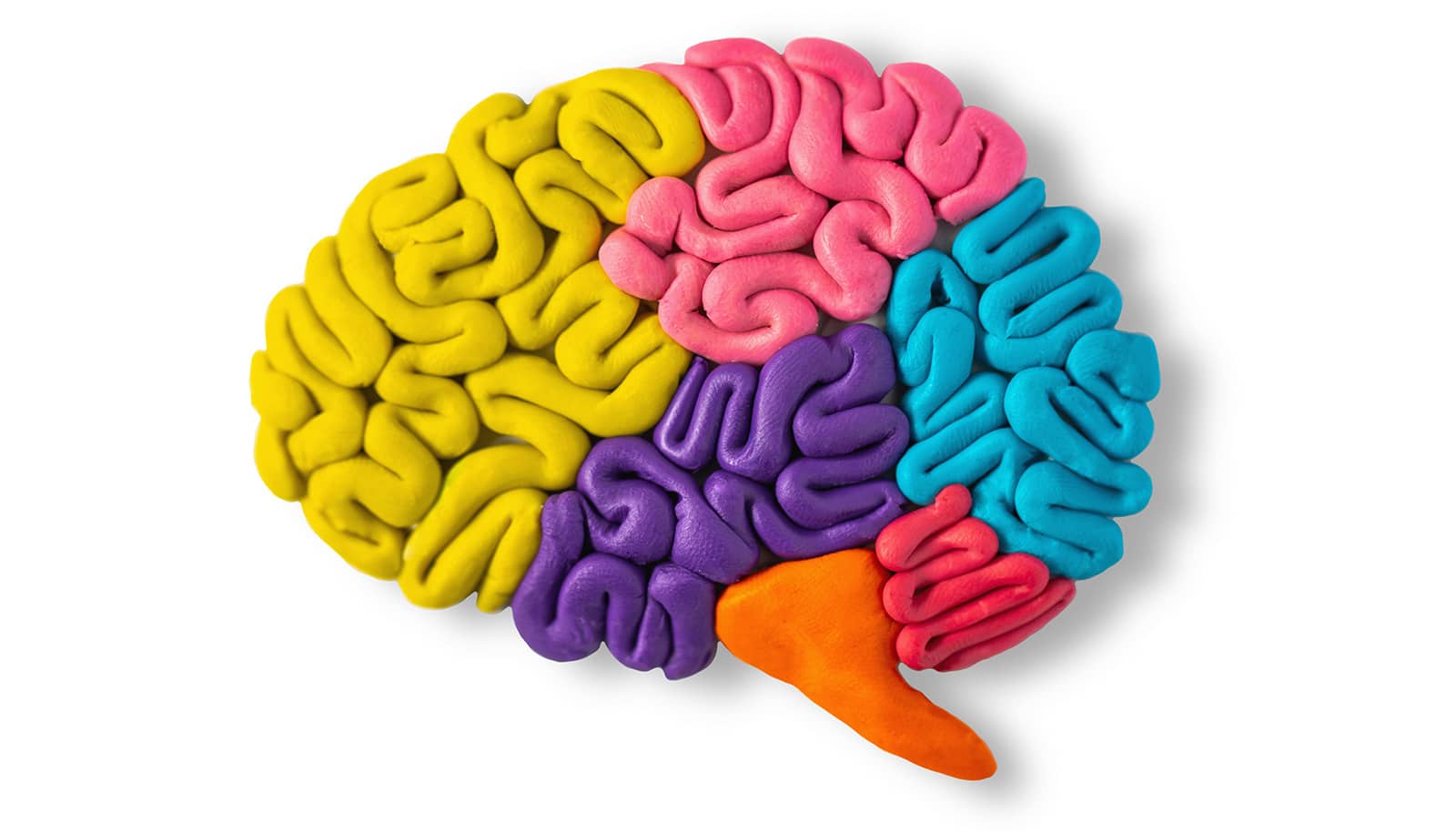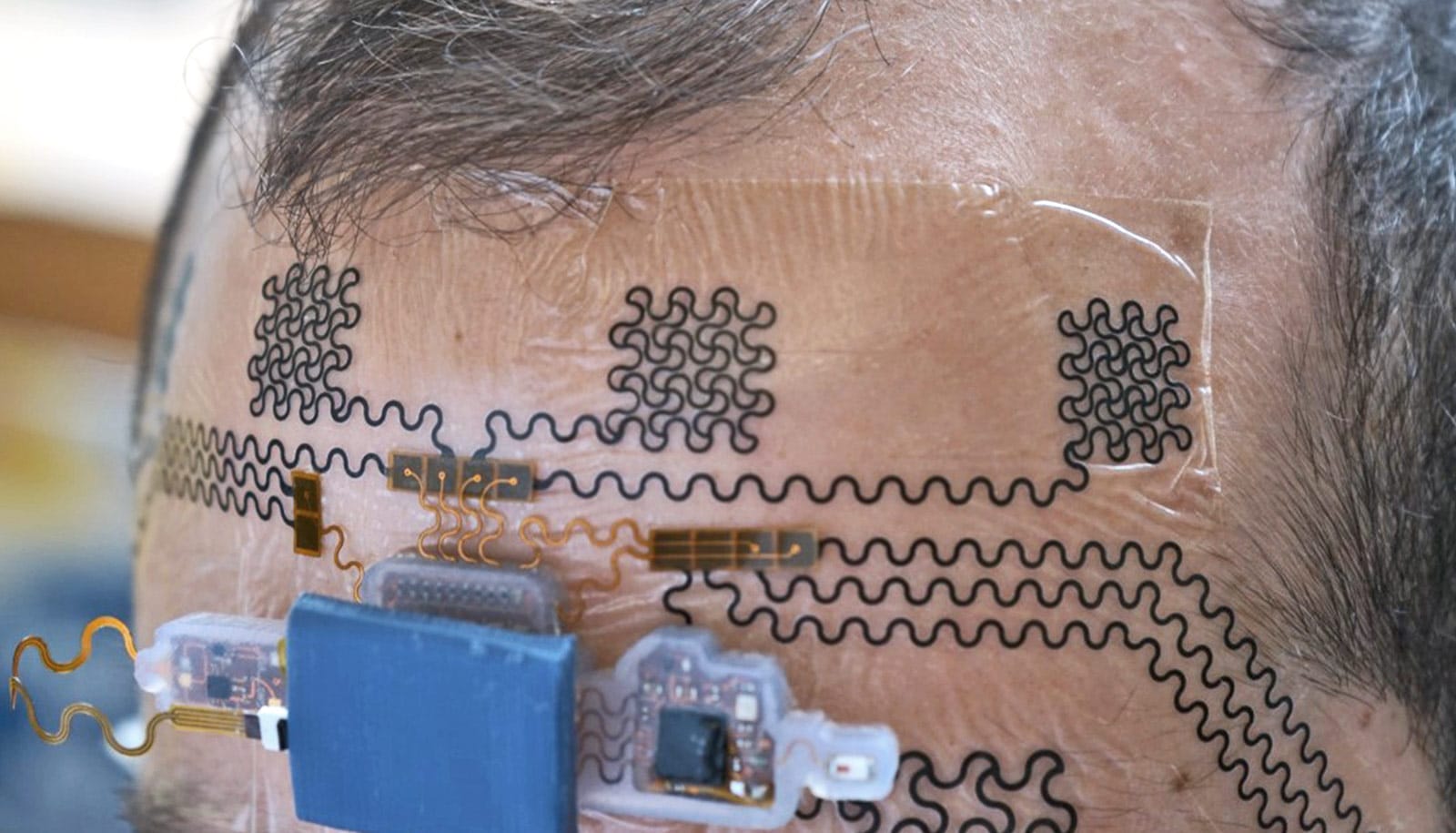A newly discovered class of proteins that heat actives can be useful tools for regulating the activity of individual neurons in the brain through changes in temperature, according to a new paper.
These tools will advance fundamental brain research and potentially lead to “deep brain stimulation” treatments used for Alzheimer’s and Parkinson’s patients.
“Thermogenetic tools, which utilize heat to act as a ‘switch’ to turn neuron functions on, are expanding the horizons of brain research by allowing us to control specific neurons in the brain and measure behavioral changes,” says Troy Zars, professor of biological sciences at the University of Missouri. “The goal of this fundamental research was to identify more of these special proteins, laying the foundation so that, in the future, scientists have a better understanding of how neuronal circuits function.”
Flies in the heat chamber
Zars led the research team, along with Mirela Milescu and Lorin Milescu, who both are assistant professors of biological sciences. Together, the researchers focused on a family of genes that encode taste receptors found in fruit flies. Surprisingly, some of these taste receptors also are activated by heat and thus play a role in detecting environmental temperature.
First, the students in Mirela Milescu’s lab investigated the thermosensitivity of these proteins and identified one member of the family, called Gr28bD, as a prime candidate for thermogenetics. Then, Lorin Milescu’s students used live-imaging techniques and software developed in their lab to demonstrate that the Gr28bD protein can, through temperature differences, modulate the brain activity of fruit flies.
Finally, the flies were tested in Troy Zars’ lab for temperature-dependent behavior. Using a specially designed heat chamber that allows precise control of the environmental temperature, the Zars’ students were able to show that the Gr28bD protein can control behavior in these flies, using temperature as a “brain switch.”
Deep brain stimulation
“Gr28bD could become a powerful tool in controlling neuronal activity and studying how neuronal circuits function,” says Benton Berigan, a graduate student in Lorin Milescu’s lab. “Since this protein is not found in any mammal, it emerges as a good candidate for the development of novel thermogenetic tools to be used for basic research and potentially one day in humans.”
Even tiny temp changes affect these ‘clock neurons’
Further study of thermogenetics could lead to the development of deep brain stimulation tools as a part of the national Brain Research through Advancing Innovative Neurotechnologies (BRAIN) project, Zars says.
The study appears in Scientific Reports. Funding came from the National Science Foundation. The content is solely the responsibility of the authors and does not necessarily represent the official views of the funding agencies.
Source: University of Missouri



